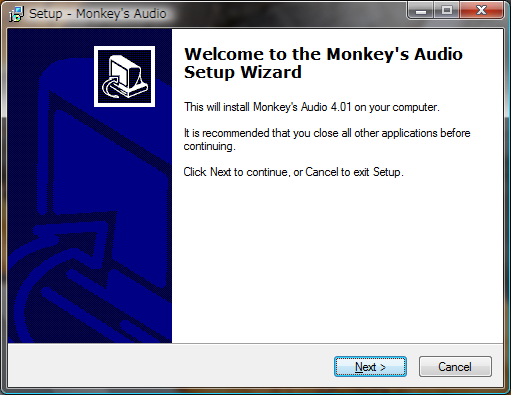

These files can range all the way up to 24-bit/192kHz, or “better-than-CD quality.” Uncompressed CD formats, such as CDA and WAV, offer true CD quality similarly to FLAC, but neither are anywhere near as space-efficient. MP3 is a lossy file format, and FLAC comes with none of the compression that can cause some MP3 files to sound distorted.įLAC is also not limited to 16-bit CD quality. Lossless file formats mean that you’re able to experience them in the purest form, the way they were created and intended to be played as. The main reason to convert your music collection to FLAC is for the upgrade in sound quality. To the untrained ear, the difference may not be very noticeable. However, to truly experience and appreciate the quality of FLAC, you’ll need a great set of speakers or headphones. Today, when you can find 128 GB flash drives for less than $10, file sizes are hardly a worry. If you have a favorite mainstream artist, and even if your favorite artist is indie, there’s a very good chance that you can legally purchase their music as FLACs for the same price as you would MP3s.īack in the days of P2P file-sharing applications, such as Napster and LimeWire, FLAC was nowhere near as popular as MP3, due to its much larger file size.


 0 kommentar(er)
0 kommentar(er)
